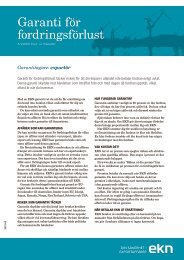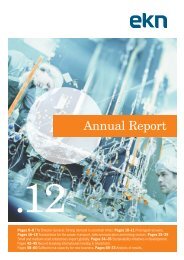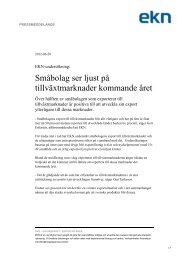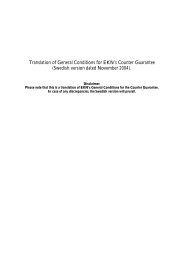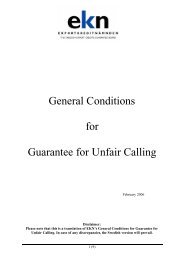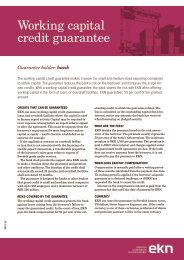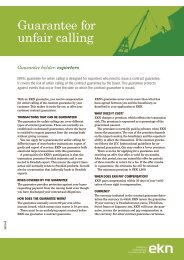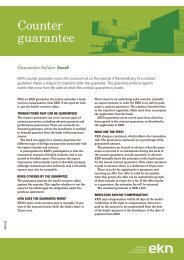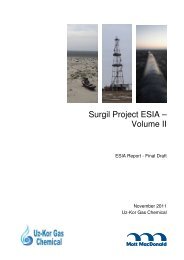Surgil ESIA Report - Volume III - EKN
Surgil ESIA Report - Volume III - EKN
Surgil ESIA Report - Volume III - EKN
Create successful ePaper yourself
Turn your PDF publications into a flip-book with our unique Google optimized e-Paper software.
“O’ZLITINEFTGAZ” PC<br />
PFS “<strong>Surgil</strong> field complex costruction with valuable<br />
components retrieval”<br />
The deposits of upper carbon – lower Permian are presented by biotite granite, weak<br />
cataclaziled, carbonized with hypidiomorphosisgrain structure.<br />
Mesozoic group - Mz<br />
Jurassic system - J<br />
The Jurassic deposits are bedded on the deposits of upper Paleozoic with washout<br />
and cross bedding.<br />
Lower Jurassic section - J 1<br />
The lower Jurassic deposits have binominal structure. It is mainly sandy thickness of<br />
toar and lower the deposits are presented by thickness of alternating in the cross-section<br />
grey colored non-calcareous sandstones, siltstones and mudstones, with stratified structure<br />
(it is horizontal, thin in mudstones, unidirectional, slanting in sandstones), with a<br />
considerable admixture of the charred vegetative substance, siderite and quite often pyrite.<br />
The border between upper Triassic – lower Jurassic deposits and overlying thickness of toar<br />
is clear and corresponds to change of alternating mudstones and sandstones mainly sandy<br />
rocks.<br />
The toar deposits are mainly composed by sandstones with interlauer of siltstones<br />
and mudstones. Lithologically the sandstones are grey, medium-fine-grained, with grains of<br />
coarse-grained sandy fraction and gravelites, silty micaceous with the mixed cement of<br />
porous-film type, with inclusion of charred vegetative detritus. Open porosity of these<br />
sandstones is 3.85-7.64 %.<br />
Siltstones are grey, dark grey, black, anisomerous, silty micaceous with micaceousclay<br />
cement and inclusion of the charred vegetative substance and siderite.<br />
Mudstones are dark grey, sandy-silt, fine-scaled with inclusion of fragments of the<br />
carbonizated tissues of plants, with interlayers of grey siltstone and fine-grained sandstone.<br />
Mudstones are dense, impermeable, their open porosity is 1.75-2.42%.<br />
Middle Jurassic section - J 2<br />
Litholigically, these deposits are presented by terrigenous thickness of alternation of<br />
grey colored sandy-siltstone-clay rocks of the alluvial and lake-marsh continental genesis<br />
gradually passing into shallow water-sea.<br />
Middle Jurassic deposits are composed by grey and dark grey silty micaceous<br />
sandstones, siltstones, mudstones and their transitive differences with inclusion of the<br />
charred vegetation, pyrite and siderite.<br />
Sandstones are grey, greenish-grey in the top of cross-section, from small - to coarsegrained,<br />
micaceous, dense, silty micaceous, with the mixed carbonaceous-micaceous-clay<br />
cement. The sandy material is poorly sorted in aalen-bayos and is better sorted in batsk<br />
deposits.<br />
Siltstones are dark grey, silty micaceous, strong, dense.<br />
Mudstones are dark grey and greenish-grey, fine-washed, lensing-fine-horizontally<br />
layered, sandy and silt in tops of cross-section. Rocks contain the numerous rests of the<br />
<strong>Volume</strong> 2. Part 1. EIS Project for <strong>Surgil</strong> field construction<br />
20



